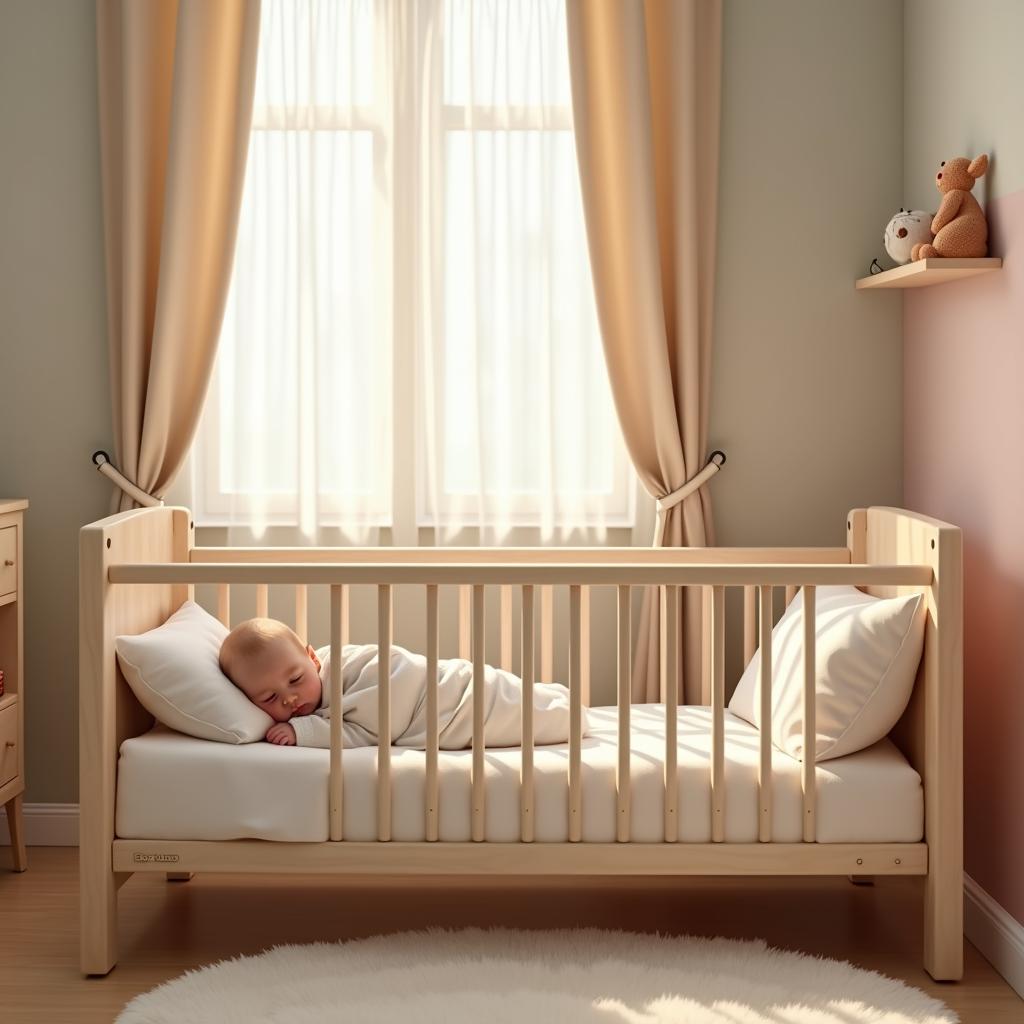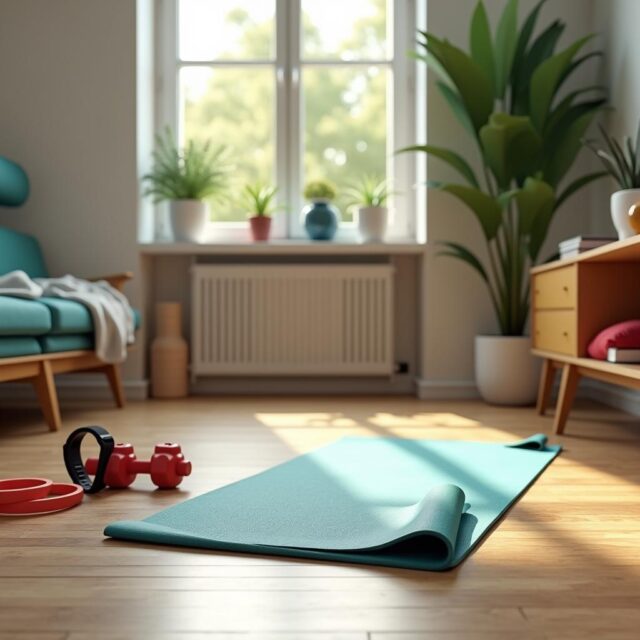Baby Sleep Essentials: Create a Calm and Comfortable Sleep Space

Introduction
Creating a cozy and peaceful sleep space for your little one isn’t just a nice idea—it’s absolutely vital for their growth and wellbeing. Seriously, baby sleep affects everything from mood to health. We all get that sleep is key for our munchkins, but setting up that perfect snooze zone can feel like a daunting task. So, here’s the scoop: in this article, we’re diving into the must-have elements for baby sleep essentials and how you can craft that dream sleep space for your infant. Buckle up as we tackle everything from picking the ideal crib to maximizing comfort and safety, all while tossing in some practical tips and eye-opening stats!
Table of Contents
- Choosing the Right Crib
- Bedding Basics
- Safety Considerations
- Creating a Soothing Environment
- The Importance of Napping
- Establishing a Bedtime Routine
- The Role of Parents in Baby Sleep
- Common Issues and How to Solve Them
- Conclusion
- Frequently Asked Questions (FAQ)
Choosing the Right Crib
Your baby’s crib is the heart of their sleep environment. When you’re on the hunt for that perfect crib, keep safety at the forefront. Look for a solid build with slats that are spaced no more than 2-3 inches apart to keep your baby safe from getting stuck. You definitely wanna go for a crib that meets the standards set by the Consumer Product Safety Commission (CPSC)—no compromises here!
Now, let’s talk size—make sure that crib fits nicely in your nursery without cramping the space. And hey, the style matters too! Whether you’re all about that classic wooden crib vibe or you prefer a sleek, modern convertible, make sure it matches your home decor. Oh, and check out those cribs that can turn into toddler beds—they’re a fabulous way to get more bang for your buck!
Bedding Basics
Let’s dive into bedding because it’s super crucial to make that sleep space comfy. Go for a firm mattress that’s gonna give your baby the support they need. In fact, research shows that infants who sleep on firm surfaces cut the risk of Sudden Infant Death Syndrome (SIDS) by a whopping 50%! Plus, a snug-fitting mattress is a must—no gaps at the edges!
For the sheets, breathable cotton is your best friend. It helps with airflow and keeps things cozy. But don’t even think about plopping in any soft items like pillows, blankets, or bumpers—these can be suffocation hazards. Instead, grab a sleep sack for a safe way to keep your little one warm!
Safety Considerations
When it comes to keeping your baby safe while they snooze, there’s more to it than just picking the right crib and bedding. Always lay your baby down on their back to sleep. This position is a game changer for reducing SIDS risks! And keep that crib clear of any soft toys that could be a risk to your baby’s breathing.
There’s a common tip among parents to room-share—having the baby sleep in the same room as you. Studies show that this can lower the risk of SIDS too! Being close gives parents the chance to watch over their baby and quickly attend to their needs, which is a win-win!
Creating a Soothing Environment
The vibe in your baby’s sleep area really matters! Keep the lights dim and noise levels low because bright lights and loud sounds can totally throw off their sleep. Blackout curtains? Yes, please! They work wonders for keeping outside light out so you can create that peaceful haven.
And trust me, gentle sounds like white noise can be super calming—it kinda mimics the sounds from the womb and can help lull your infant to sleep. Oh! And aim to keep the room at a comfy temperature between 68-72°F (20-22°C) to avoid overheating.
The Importance of Napping
Let’s chat about naps—these little z’s are vital for your baby’s growth and sleep patterns. Infants often need a handful of naps each day, and as they grow, their nap needs will change. Setting up a nap schedule serves double duty: it gives your little one the rest they crave and sets the stage for a smoother bedtime!
In fact, a 2024 study found that babies who nap regularly during the day sleep way better at night! So, having this rhythm not only helps your baby but also lets you map out your day around their needs—what’s not to love about that?
Establishing a Bedtime Routine
Establishing a bedtime routine is all about signaling to your baby that it’s time to wind down. Simple things like reading a sweet story, singing lullabies, or gently rocking can create that blissful atmosphere perfect for sleep. Being consistent with these rituals helps in transitioning smoothly to sleep—giving your baby the restful nights they (and you) deserve!
And a quick note: babies can pick up on your feelings, so maintaining a calm vibe during bedtime can help them feel secure, which is key to promoting peaceful sleep.
The Role of Parents in Baby Sleep
Parents, you’ve got a major role in your baby’s sleep journey! Keeping an eye on the sleep environment, making sure safety standards are in check, and engaging in soothing activities all help deepen that precious bond in these early months.
Being attuned to your baby’s sleepy cues is huge—look out for those eye-rubbing and fussiness signs! The quicker you can react, the better you can ensure your baby gets the rest they need, which in turn helps with establishing a regular sleep schedule.
Common Issues and How to Solve Them
Sleep issues can rear their head for many parents—it’s all part of that parenting ride. From those pesky sleep regressions during growth milestones to the discomfort of teething, you might face a few bumps on the road. Spotting these issues early can empower you to whip up solutions, whether it’s trying out some soothing techniques or consulting your pediatrician for advice.
And if gas or colic is causing trouble, over-the-counter remedies or adjusting the diet for nursing moms could help ease your baby’s discomfort. Just remember, consistency and patience go a long way—most sleep challenges will pass as your little one grows!
Conclusion
In conclusion, setting up a safe, comfy, and soothing sleep space is crucial for your baby’s health and development. By making thoughtful choices about the crib, bedding, and creating a serene ambiance, you’re laying the groundwork for quality sleep.
Don’t forget to keep a steady bedtime routine and stay in tune with your baby’s sleep signals. With a little care, you’re not just improving your baby’s sleep but also nurturing a healthier lifestyle for the whole family. So dive into those essentials and start building a peaceful sleep environment that fosters great sleep habits, both now and down the road. For all things baby sleep essentials, don’t miss checking out Mega Choice Bazaar today!
Frequently Asked Questions (FAQ)
What is the best sleep position for my baby?
Always place your baby on their back for sleep—that position dramatically reduces the risk of SIDS.
How can I help my baby sleep through the night?
Creating a consistent bedtime routine, making their sleep environment comfy, and swiftly responding to their sleepy cues are key strategies!
At what age can I start using a blanket for my baby?
Best to wait until your baby is at least 12 months old before introducing any blankets to minimize suffocation risks.
What are the signs that my baby is ready for sleep?
Look for signs like rubbing their eyes, yawning, or getting a bit cranky—those are pretty good indicators!
How can I ensure my baby’s sleep environment is safe?
Make sure the crib meets safety standards, pick a firm mattress, ditch the soft bedding, and always lay your baby down on their back to sleep.









Leave a comment